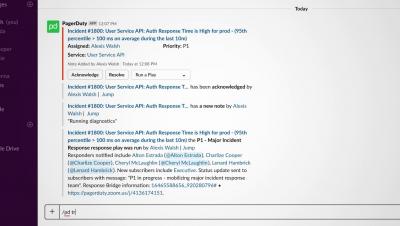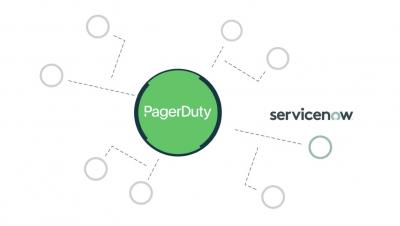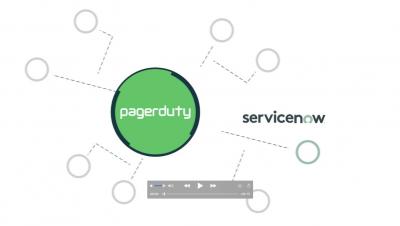Summit Day Two: New Integrations and Developer Platform to Bring Real-Time Work to More People
Yesterday, we kicked off PagerDuty Summit by launching new features that support the themes of Visibility and Intelligence. If you missed the keynotes or want to know more, check out this blog post. Today, we are making several announcements around two other themes that our CEO Jennifer Tejada touched on during her keynote yesterday: Platform and People. In fact, these themes are so closely related that we refer to them as one—that PagerDuty is a platform for people to do real-time work.









